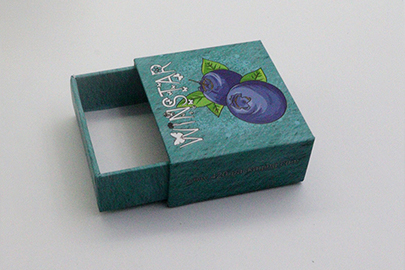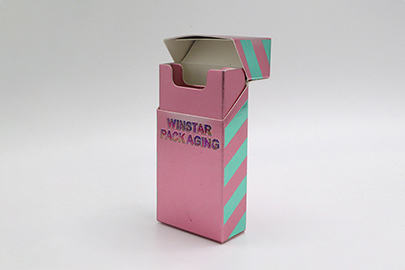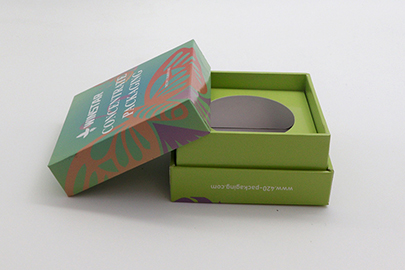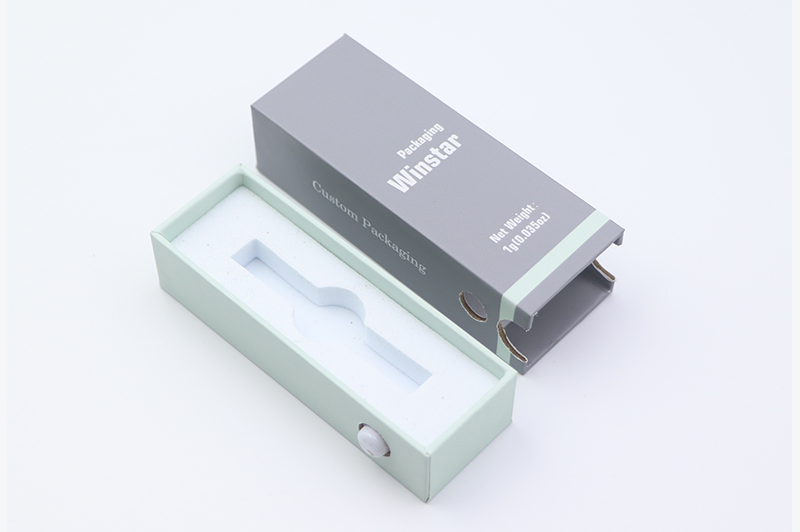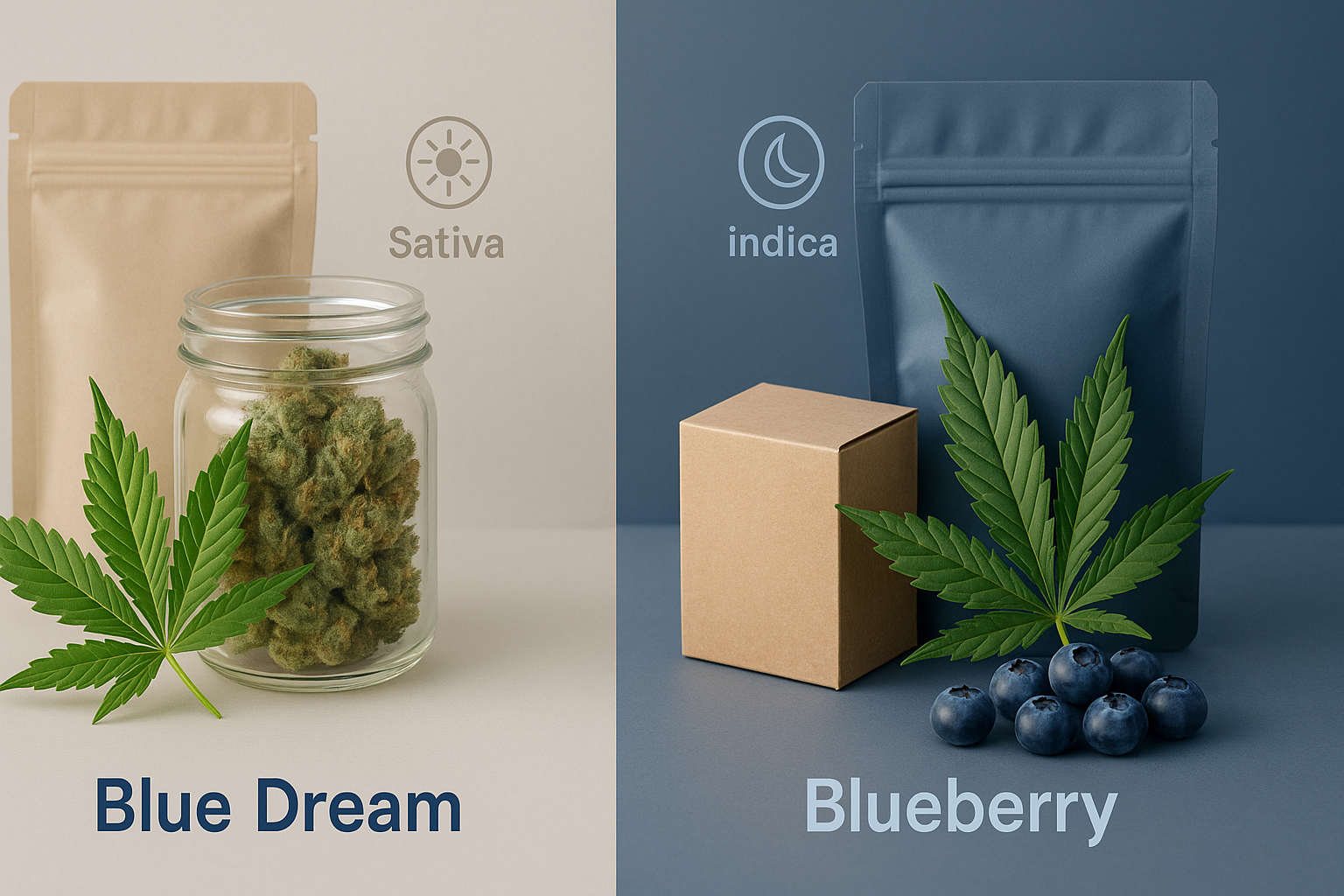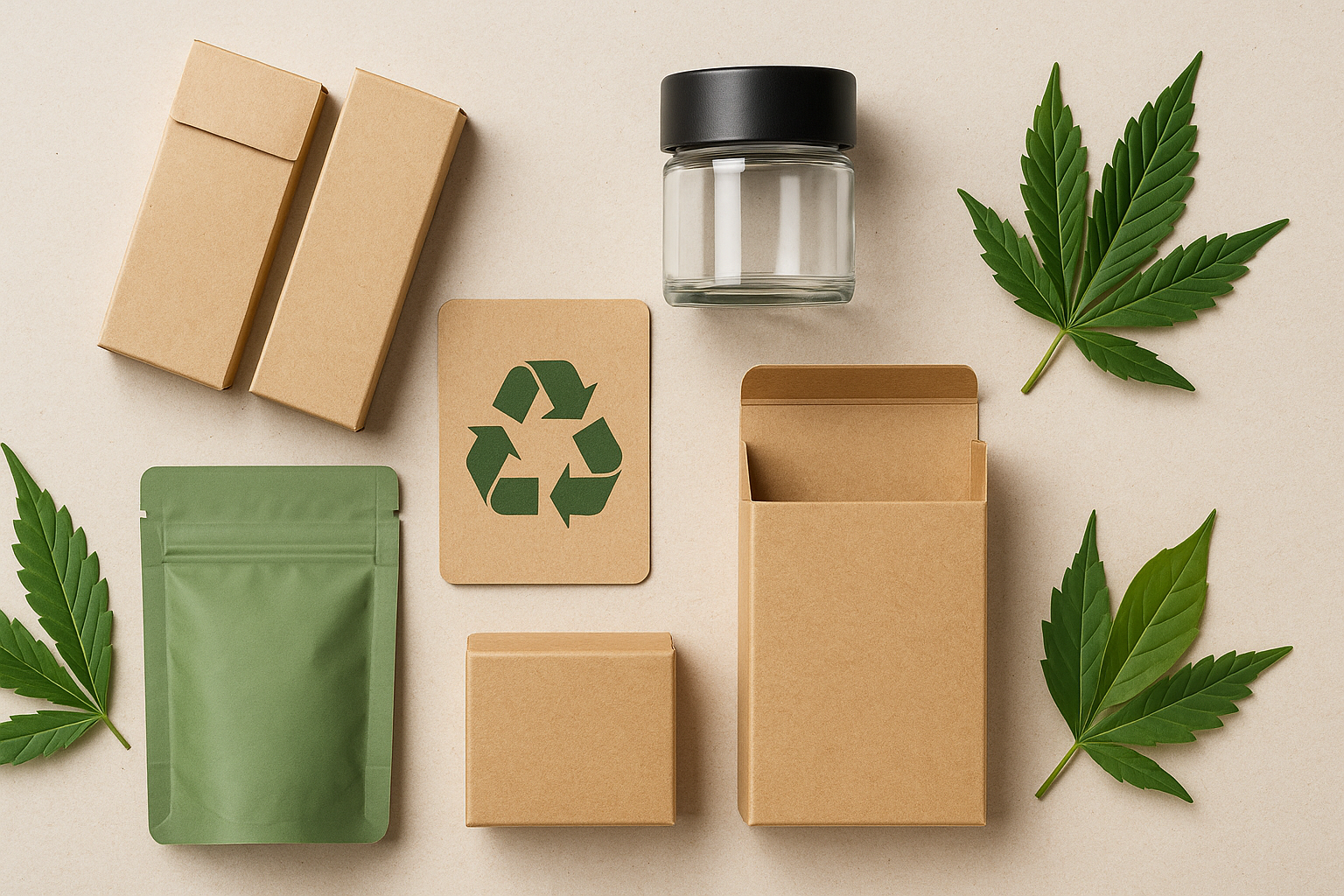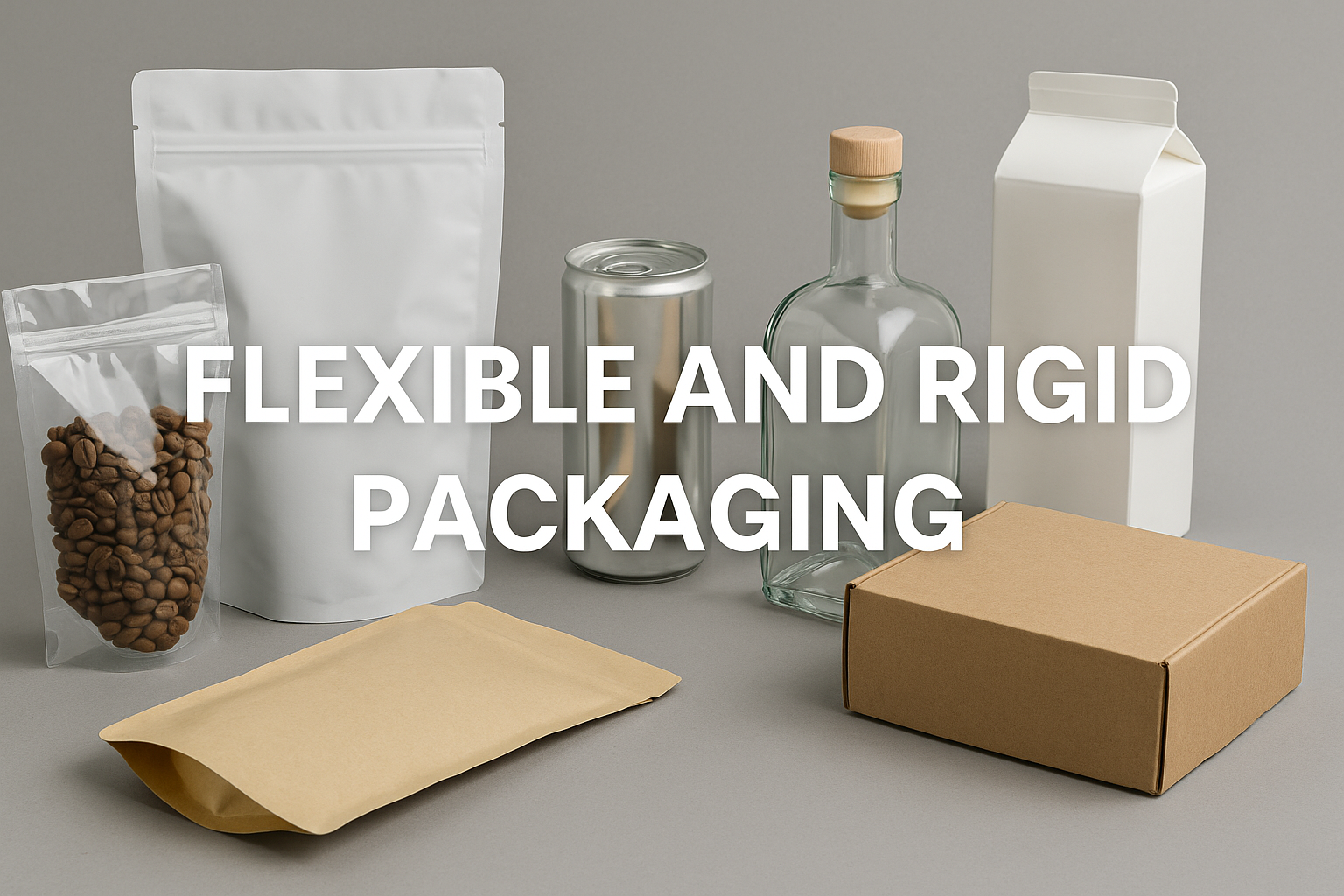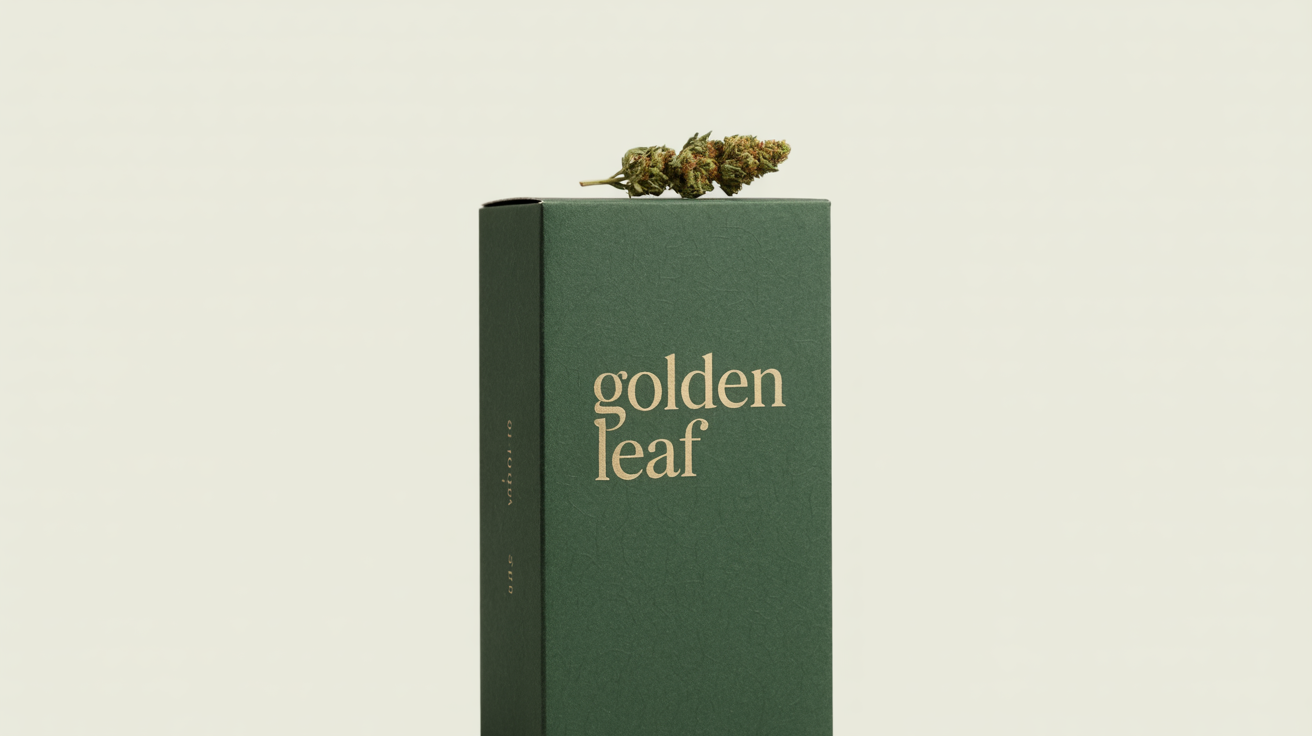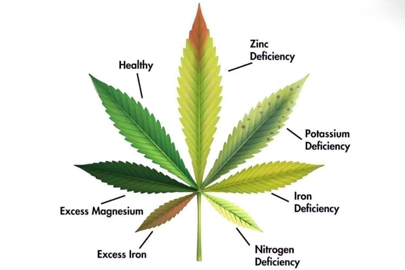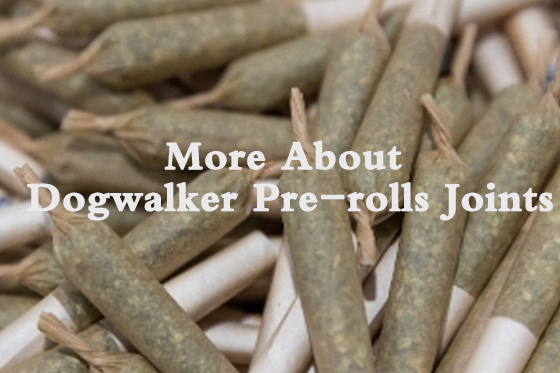Cannabis edibles have become increasingly popular among consumers, and packaging plays a critical role in ensuring the safety, freshness, and quality of these products. As a cannabis consumer, it's essential to understand the different types of packaging available, their benefits, and how to choose the right one for your specific needs. In this guide, we'll take a closer look at cannabis edible packaging and provide you with detailed information to make an informed decision.
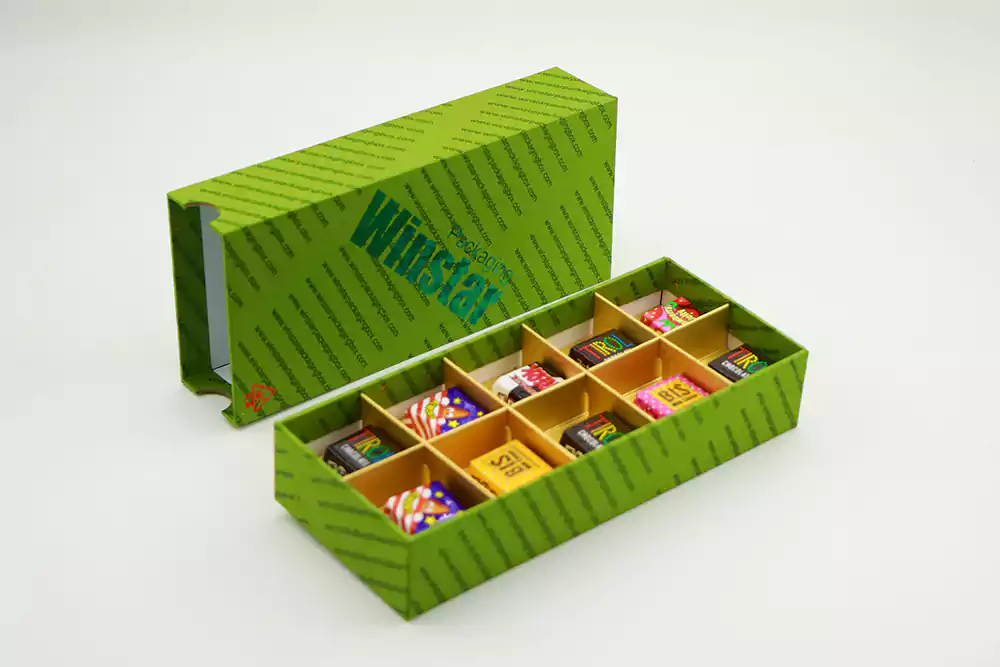
Types of Cannabis Edible Packaging
Plastic Containers - Plastic containers are the most commonly used packaging for cannabis edibles. They are lightweight, durable, and come in various sizes and shapes. However, some plastic containers may not be eco-friendly, and others may not be suitable for long-term storage.
Glass Jars - Glass jars are an excellent option for cannabis edibles as they are reusable, eco-friendly, and can preserve freshness. They are also non-reactive and won't affect the flavor or quality of the product. However, they are heavier and more fragile than plastic containers.
Mylar Bags - Mylar bags are a popular choice for cannabis edibles as they are lightweight, durable, and can protect against moisture, odor, and light. They come in different sizes, and some are resealable, making them ideal for multiple uses. However, they may not be suitable for long-term storage.
Child-resistant Packaging - Child-resistant packaging is required by law to prevent accidental ingestion by children. It typically consists of a combination of different types of materials and closures, such as child-resistant pouches, containers, and blister packs.
Choosing the Right Packaging
When choosing packaging for your cannabis edibles, consider the following:
Safety - Choose packaging that is child-resistant and tamper-evident to prevent accidental ingestion. The packaging should also comply with local and federal regulations.
Freshness - Look for packaging that can preserve freshness and prevent exposure to light, moisture, and air. Some packaging materials, such as glass jars, can help maintain the quality of the product by reducing the risk of oxidation.
Durability - Choose packaging that is durable enough to withstand shipping and handling. The packaging should also be able to protect the product from physical damage.
Eco-Friendliness - Consider packaging that is eco-friendly and sustainable. Some options include biodegradable or compostable packaging materials.
Branding - Packaging can also be an opportunity to build your brand and stand out in a crowded market. Consider customizing your packaging with branding elements that reflect your company's values and aesthetic.
Conclusion
Cannabis edible packaging is a critical aspect of the cannabis industry, and choosing the right one can help ensure the safety, freshness, and quality of your products. By understanding the different types of packaging available and their benefits, you can make an informed decision and enjoy your cannabis edibles with confidence.
References:
"Packaging and Labeling Requirements for Cannabis Edibles," California Cannabis Portal, https://cannabis.ca.gov/package-and-labeling-requirements-for-cannabis-edibles/
"Cannabis Edibles Packaging: What You Need to Know," CannaCon, https://cannacon.org/cannabis-edibles-packaging-what-you-need-to-know/
"Cannabis Edible Packaging: What You Need to Know," Cannabis Business Times, https://www.cannabisbusinesstimes.com/article/cannabis-edible-packaging-what-you-need-to-know/
"Packaging for Edibles: What You Need to Know," Leafly, https://www.leafly.com/news/cannabis-101/packaging-for-edibles-what-you-need-to-know

